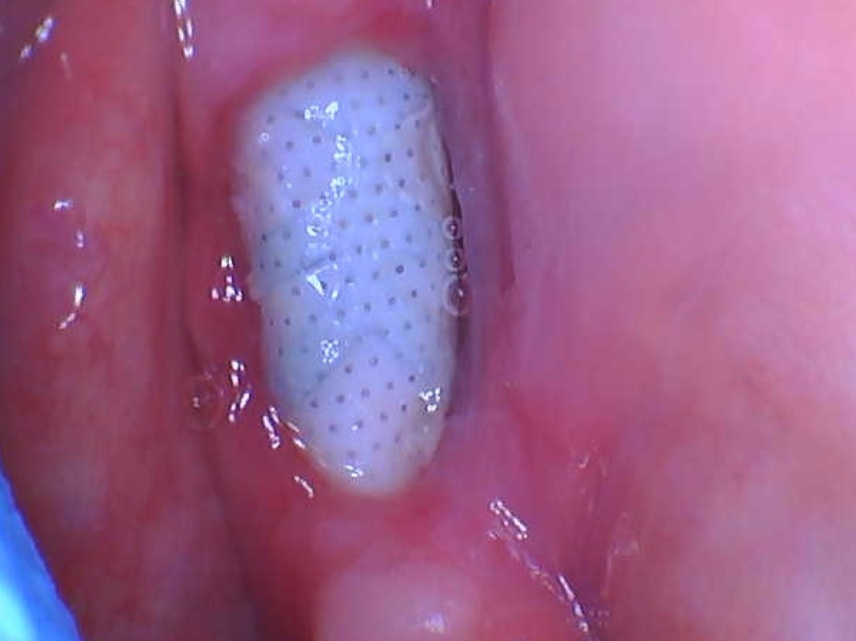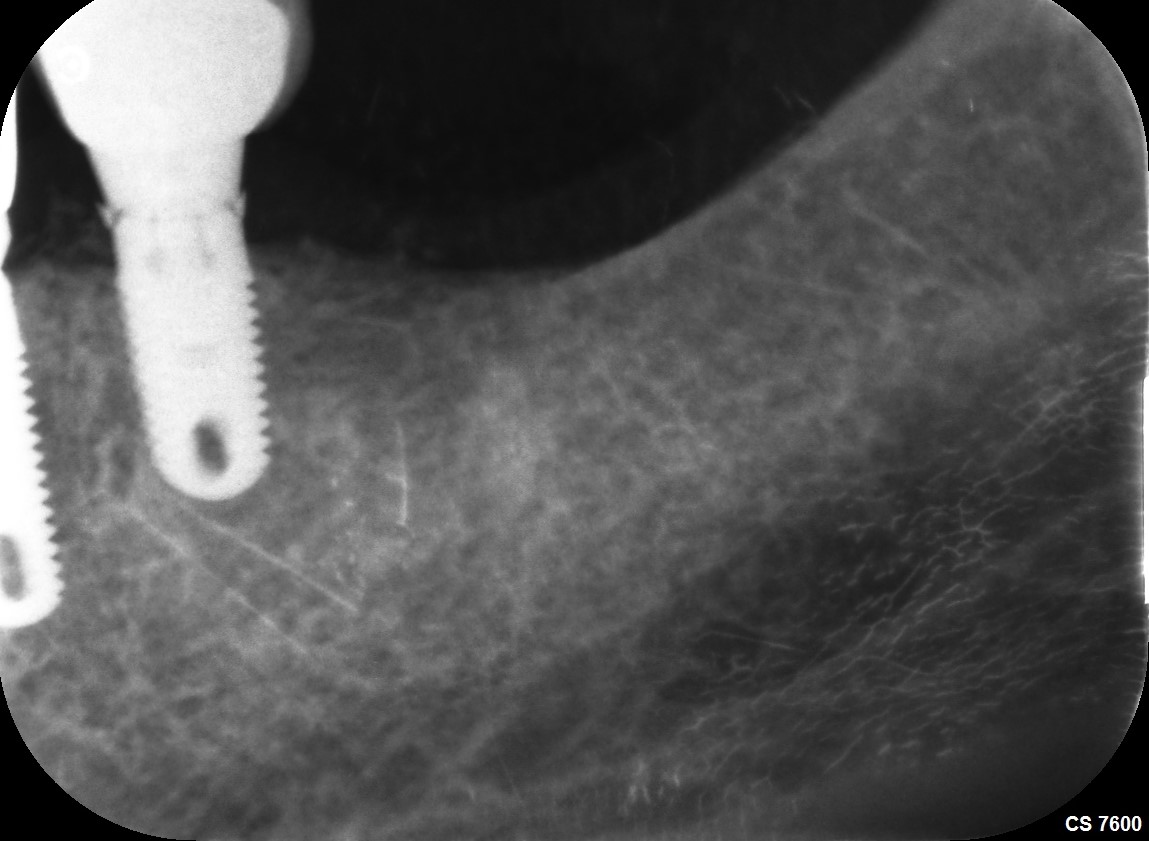Mini Implants in Posterior Area to Support Removable Partial Denture?
Dr. F. asks:
I have patient with lower Kennedy’s class II removable partial denture opposing natural dentition. His mandibular ridge is severely resorbed and is like a knife edge. He has no vestibule on the lingual. His floor of the mouth and crest of alveolar ridge are at same level. The inferior alveolar nerve is almost at the level of the alveolar ridge.
He presented in my office for implant retained removable partial dentures denture and upon evaluation found out he is not a good candidate for conventional implants. Now we are considering mini implants. I have seen cases where mini implants have been used to retained lower overdenture and are placed mandibular anterior area. Could I place mini implants in the posterior area to support and retain a removable partial denture with a saddle area on the one side? Is he a good candidate for mini implant retained removable partial denture? Are there any other options?
















